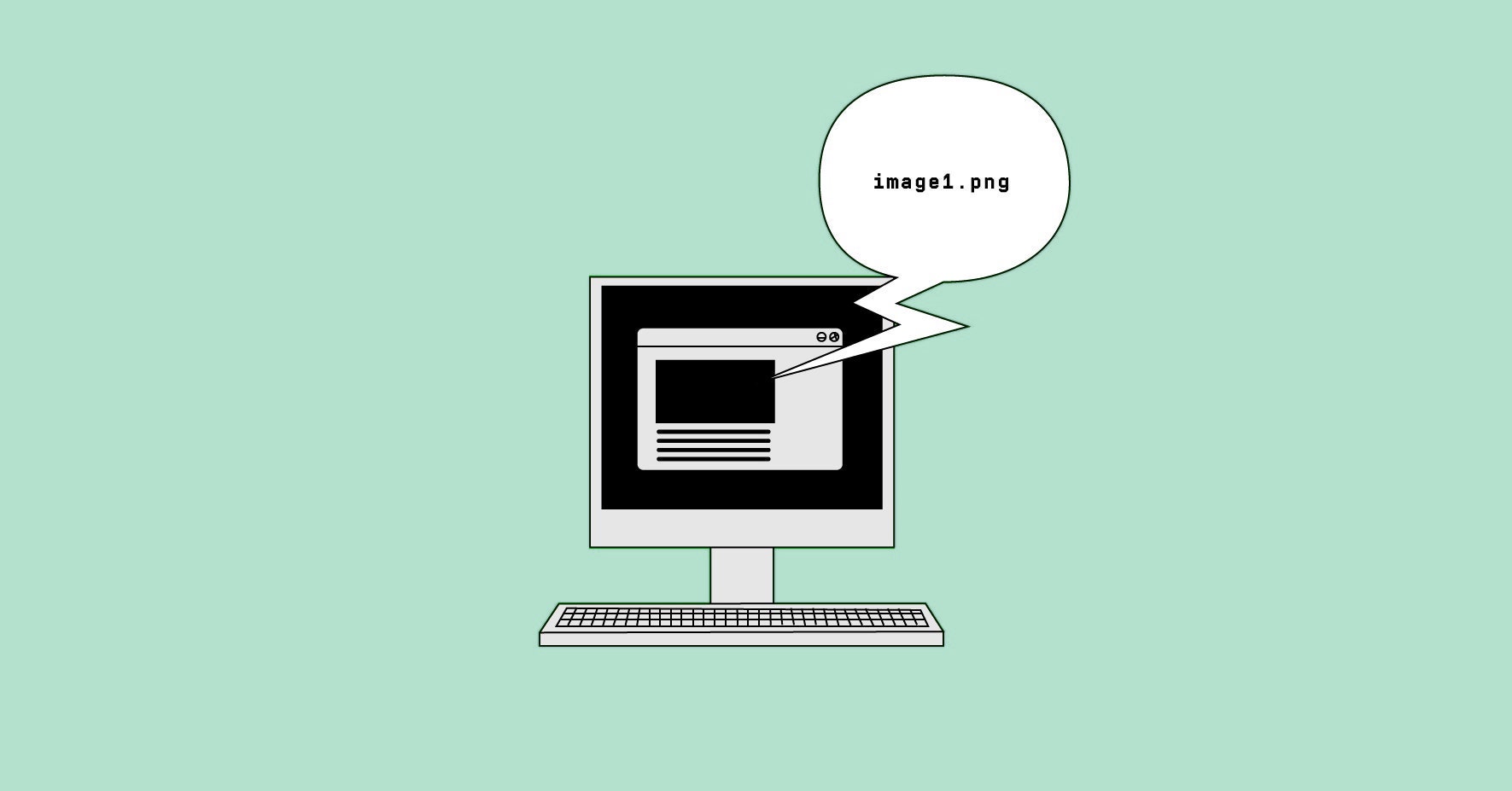Screen Reader Comparison: JAWS vs. VoiceOver vs. NVDA vs. TalkBack


Screen readers are an essential technology for people with visual impairments, cognitive or learning disabilities. By converting text on a screen to speech and acting as an interface between a user and their operating system, screen readers give users more independence, build their self-confidence, and empower them with equal access to the internet.
This means it is important for users with disabilities to choose the screen reader that works best for them, particularly in terms of price, device type, and ease of use.
There are a wide range of screen readers on the market with different features and ways they render digital content. We’ve compared the top screen readers to help you decide which software is best for you or someone you know.
JAWS, Job Access With Speech, is compatible with multiple web applications and browsers. Users can navigate with JAWS using keyboard commands, with more advanced users able to remember complex shortcuts for browsing through data tables, drafting emails, or reading long text documents. You can personalise settings on JAWS such as voice and speech rate, cursor appearance, and even what type of punctuation should be announced.
While using any screen reader for the first time requires effort and patience, JAWS is notable for having a steep learning curve because of the number of extra features and configurable options built into it. However, its superior compatibility with Braille displays and work applications like Google and Microsoft products may balance that con.
JAWS was developed by Freedom Scientific and is only compatible with Windows devices. It is one of the most widely used screen readers for Windows: WebAIM’s Screen Reader Survey, conducted in the summer of 2021, reported that 70% of respondents commonly used JAWS.
JAWS is relatively expensive at €1,005 for a home-use license outside the United States, which supports up to three personal computers. Every update to the software also asks for an additional fee, which can add up to a steep price over years of use.
VoiceOver supports many applications. As an Apple software, it is best used in combination with Safari and native Apple applications, but it is still compatible with other popular browsers like Google Chrome. MacOS VoiceOver is used via keyboard commands. iOS VoiceOver is used via touch gestures such as swiping and tapping.
Although navigating a device with VoiceOver also has a learning curve, it is user-friendly and has many configurable options and shortcuts for advanced users.
VoiceOver is only available with Apple products. Although MacOS is not as popular with desktop screen reader users, iOS VoiceOver users make up 72% of all mobile screen reader users according to WebAIM.
VoiceOver comes pre-installed on all MacOS and iOS products. Any updates are integrated alongside general Apple OS updates and come with no extra charge to users.
NVDA, Non-Visual Desktop Access, is like JAWS in many ways. It is also used via keyboard commands and supports various applications and browsers. While it does not have as many personalisation settings as other screen readers, this also means it can be less overwhelming to use for the first time.
NVDA is an open-source software developed by NV Access and is compatible only with Windows. It is comparable to other screen readers like JAWS; WebAIM’s Screen Reader Survey revealed that 59% of respondents commonly used NVDA.
NVDA is free, which has made it a popular choice for Windows users along with its frequent updates.
TalkBack offers screen reading functionality for many applications and browsers on Android. It works best with Google Chrome, but also supports the native Samsung and Android browsers. TalkBack users can navigate their device using touch gestures such as swiping and tapping.
However, the experience of using TalkBack is not as smooth as other screen readers. It has less configurable options and is less intuitive due to no support for multi-finger gestures.
TalkBack is only available on Android devices. Of the screen readers listed in this blog post, TalkBack is the least popular, with only 29% of mobile screen reader users commonly using it.
One benefit of TalkBack is that, as a mobile screen reader, it comes pre-installed on all Android devices. Any updates are included alongside general OS updates.
There are various factors to consider when comparing screen readers. Price aside, most users will base their choice on their preferred operating system. Windows users can choose between JAWS and NVDA; MacOS and iOS users have Apple’s VoiceOver; Android users have TalkBack, and even Linux users have an option in Orca.
JAWS is the only software that isn’t freely available. However, if you require a screen reader that supports many professional applications, it may be worth the expense.
Making your website or application accessible to screen readers opens the door for people with disabilities to use your services. Contact IA Labs today for more information on how to become digitally accessible.